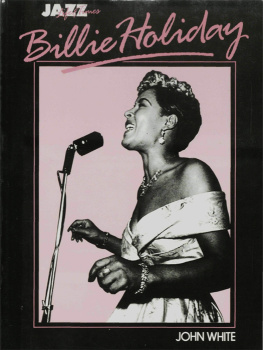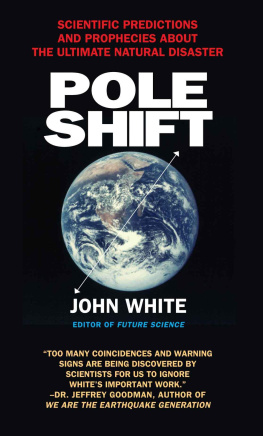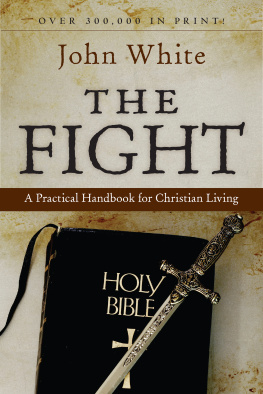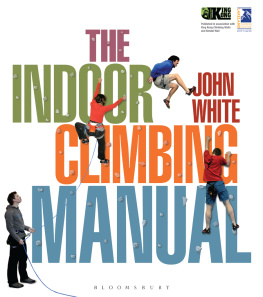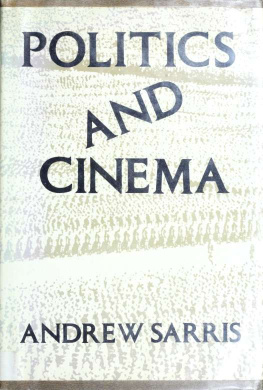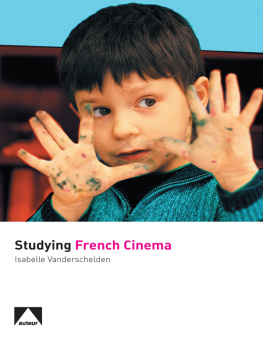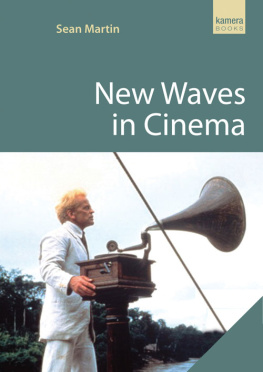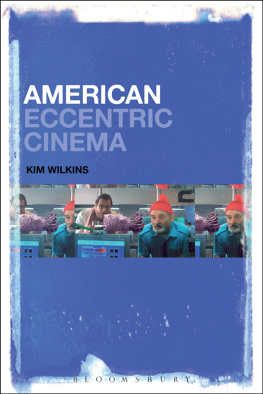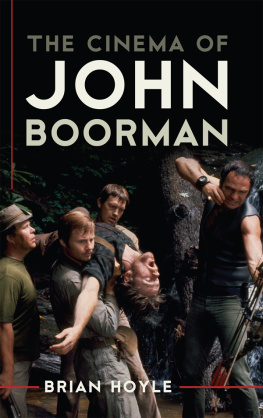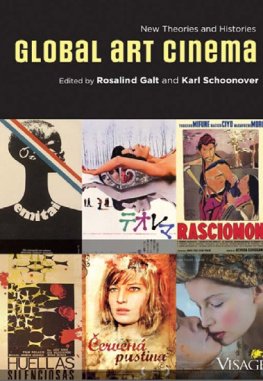EUROPEAN ART CINEMA
European art cinema includes some of the most famous films in cinema history. It is elite filmmaking that stands in direct opposition to popular cinema, and yet, it also has an intimate relationship with Hollywood.
This guidebook sketches successive phases of art cinema in Europe from its early beginnings of putting Shakespeares plays on the screen, through movements such as Expressionism and Surrealism, to the New Waves of the 1960s and more recent incarnations like Dogme 95. Using film examples, John White examines basic critical approaches to art cinema such as semiotics and auteur theory, as well as addressing recurring themes and ideas such as existentialism and Christian belief. The different levels of political commitment and social criticism which appear in many of these films are also discussed.
The book includes case studies of eight representative films:
The Cabinet of Dr Caligari (Wiene, 1920)
Earth (Dovzhenko, 1930)
A Man Escaped (Bresson, 1956)
Hiroshima mon amour (Resnais, 1959)
Aguirre, Wrath of God (Herzog, 1972)
Comrades (Douglas, 1986)
Le Quattro Volte (Frammartino, 2010)
Silence (Collins, 2012).
John White is Senior Lecturer in Film and Media at Anglia Ruskin University, UK. He is co-editor of The Routledge Encyclopedia of Films (2015) and author of Westerns (2011).
Routledge Film Guidebooks
The Routledge Film Guidebooks offer a clear introduction to and overview of the work of key filmmakers, movements or genres. Each guidebook contains an introduction, including a brief history; defining characteristics and major films; a chronology; key debates surrounding the filmmaker, movement or genre; and pivotal scenes, focusing on narrative structure, camera work and production quality.
James Cameron
Alexandra Keller
Jane Campion
Deb Verhoeven
Horror
Brigid Cherry
Film Noir
Justus Nieland and Jennifer Fay
Documentary
Dave Saunders
Romantic Comedy
Claire Mortimer
Westerns
John White
Fantasy
Jacqueline Furby and Claire Hines
Crime
Sarah Casey Benyahia
Science Fiction
Mark Bould
Bollywood: a Guidebook to Popular Hindi Cinema, 2nd Edition
Tejaswini Ganti
European Art Cinema
John White
First published 2017
by Routledge
2 Park Square, Milton Park, Abingdon, Oxon OX14 4RN
and by Routledge
711 Third Avenue, New York, NY 10017
Routledge is an imprint of the Taylor & Francis Group, an informa business
2017 John White
The right of John White to be identified as author of this work has been asserted by him in accordance with sections 77 and 78 of the Copyright, Designs and Patents Act 1988.
All rights reserved. No part of this book may be reprinted or reproduced or utilised in any form or by any electronic, mechanical, or other means, now known or hereafter invented, including photocopying and recording, or in any information storage or retrieval system, without permission in writing from the publishers.
Trademark notice: Product or corporate names may be trademarks or registered trademarks, and are used only for identification and explanation without intent to infringe.
British Library Cataloguing in Publication Data
A catalogue record for this book is available from the British Library
Library of Congress Cataloging in Publication Data
Names: White, John, 1956 author.
Title: European art cinema / John White.
Description: London; New York : Routledge, 2017. |
Series: Routledge film guidebooks |
Includes bibliographical references and index.
Identifiers: LCCN 2016019409| ISBN 9781138829176 (hardback : alk. paper) |
ISBN 9781138829183 (pbk. : alk. paper) | ISBN 9781315737898 (ebook)
Subjects: LCSH: Motion picturesEuropeHistory.
Classification: LCC PN1993.5.E8 W48 2017 | DDC 791.43094dc23
LC record available at https://lccn.loc.gov/2016019409
ISBN: 978-1-138-82917-6 (hbk)
ISBN: 978-1-138-82918-3 (pbk)
ISBN: 978-1-315-73789-8 (ebk)
Typeset in Joanna
by Out of House Publishing
There was a period around the 1970s when the term European art cinema was generally understood to refer to the films of a pretty definite group of Continental filmmaking auteurs working at the time. In his essay, The Art Cinema as a Mode of Practice, published at the end of that decade, David Bordwell argued that you could consider this body of work, what he called the art cinema,
as a distinct mode of film practice, possessing a definite historical existence, a set of formal conventions, and implicit viewing procedures.
(1979, 56)
The aim of this book is to consider the same term, European art cinema, but within a much wider historical context, to argue in fact that there has always been in some guise or other the very definite presence within European cinema of filmmakers who have seen their work as offering, or whose work has been seen by others to offer, an enhanced artistic experience when set against mainstream cinema of the time. The exact relationship of these various art cinemas to mainstream cinema has been defined differently by different groups of filmmakers at different historical moments according to their agreed and, just as often argued over, aims.
Much of what will be considered as European art cinema, in addition to being part of a somewhat vague catch-all grouping, could perfectly justifiably be seen as elitist and complicit in a rather Eurocentric perspective on cinema. Even so, it remains the case that awareness of the body of work seen to fall beneath the umbrella concept employed here is important to anyone who may wish to study film. So, while it does not seek to underplay any negative features of the term, this book, nevertheless, argues for the importance of having an awareness of art cinema made in Europe over the past 100 years or so. Failing to explore the concept of art cinema, and the body of work that has in various senses been seen as art cinema, denies us the opportunity of engaging with some of the most profound insights and challenging questions raised by film texts.
Following Bordwells approach to art cinema of the 1970s, given above, Janet Staiger has argued that both independent cinema and mainstream Hollywood have:
a definite historical existence
a set of conventions
implicit viewing procedures.
(2013, 22)
This book will consider the films under discussion here in relation to this same tripartite perspective. Staiger, we should note, is not under any illusion that some simple ideological split exists between the two forms of cinema she is discussing. Both independent films and Hollywood movies, she says:
exude fairly conservative ideologies as well as occasionally progressive ones. An alternative film practice, as with art cinema, does not guarantee better representation of women, or minorities, or social justice. In fact, often indie films reinforce sexism and racism, and revel in elitist viewing practices for the initiated cinephile.



